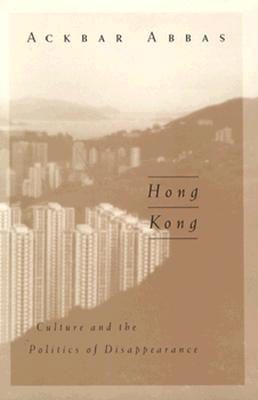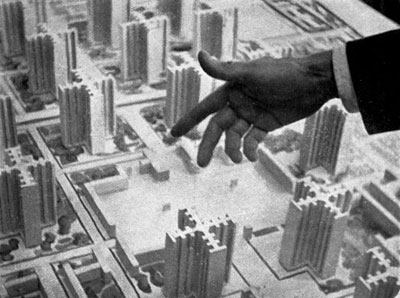[Reading Response: Ackbar Abbas]
Concerning Hong Kong architecture, Abbas has summarised three features in the article, pointing directly to styles of local buildings which we should be able to observe yet may not be aware of. I do believe that these three key points would provide some insight into future urban planning. Firstly, Hong Kong’s extreme receptivity is what makes the city display a mixture of architectural styles, and the root cause is unavoidably related to a lack of clear or fixed identity. Constant building and re-building, being the second feature, erased cultural collective memories while what’s coming next are more profitable modern monstrosities.

